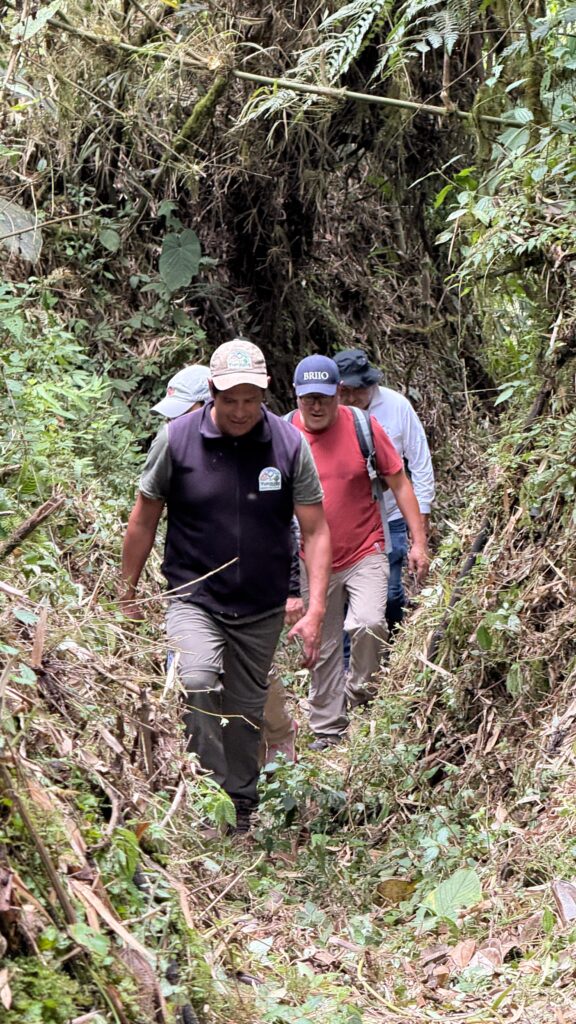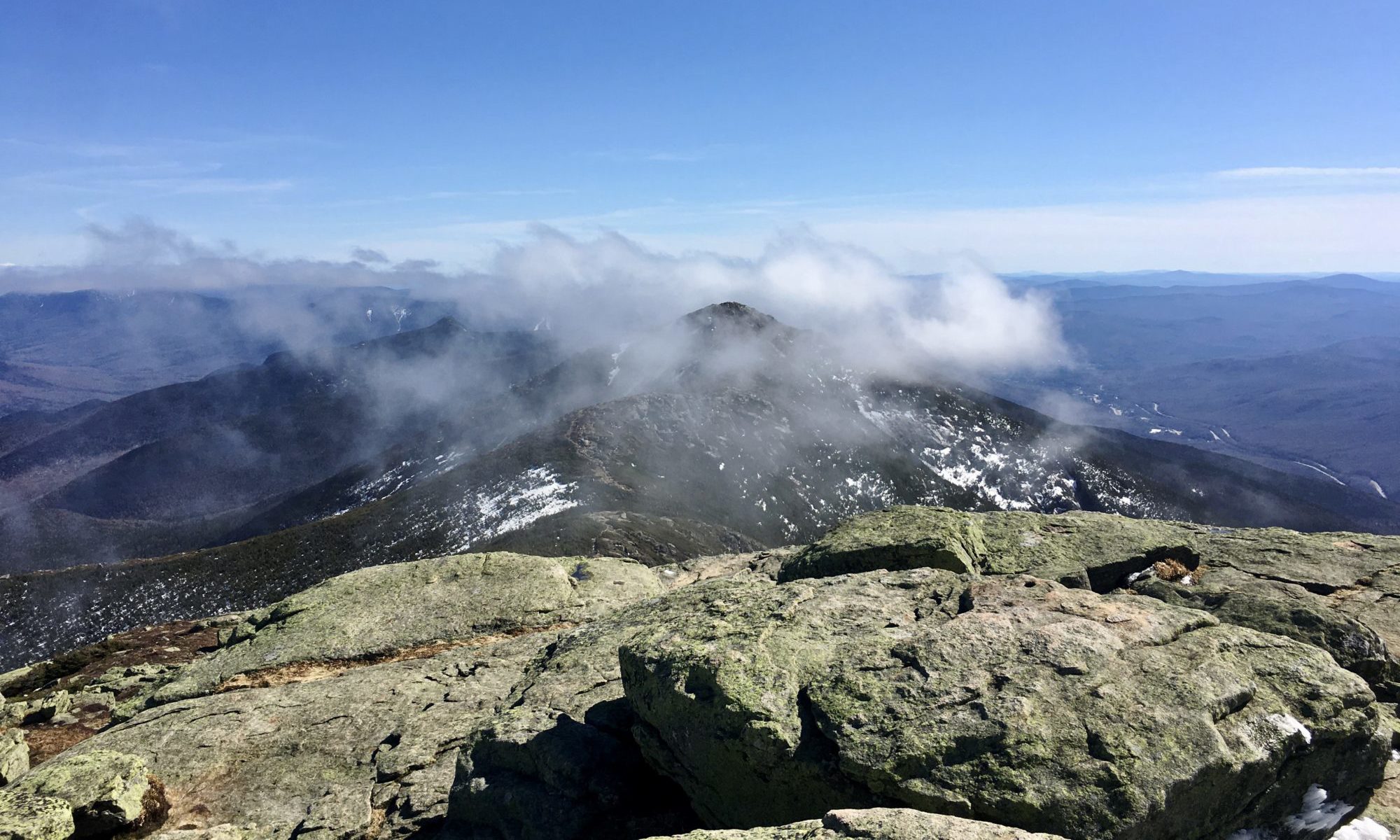New Pan American Trails Project in Ecuador’s Tropical Andes

Across Ecuador’s Tropical Andes, steep forests are home to rare wildlife and communities whose livelihoods and cultures are deeply connected to the land. Yet, habitat loss and increasing land-use pressures are threatening both ecological integrity and local ways of life of this globally important region. A new initiative is leveraging trails as engines for community empowerment and sustainable tourism.
With support from the Critical Ecosystem Partnership Fund (CEPF), the Pan American Trails is leading a collaborative effort to strengthen community-led trail systems in two of Ecuador’s most vulnerable conservation corridors: Awá–Cotacachi–Illinizas and Sangay–Podocarpus. The project focuses on building local capacity in trail management, nature interpretation, and ecotourism operations, enabling communities to generate sustainable livelihoods while protecting biodiversity.
By combining skills training, participatory planning, and sustainable tourism development, these trails become more than recreational routes—they are pathways for ecological restoration, cultural exchange, and resilient community-led development.
A Holistic Approach to Conservation and Connection
At its core, the project seeks to address both ecological degradation and social inequality by strengthening the capacity of Indigenous and local communities to co-create and manage trails that serve people and nature alike.
Key elements include:
- Restoration of 60 km of ecological trail corridors across six Key Biodiversity Areas (KBAs), many of which are home to vulnerable species like the Andean bear and páramo deer.
- Training for local trail stewards—with a strong focus on women and youth—in areas such as sustainable trail building, ecotourism, first aid, and environmental education.
- Installation of interpretive signage and educational materials, integrating cultural heritage and ecological awareness to inspire both residents and visitors.
- Participatory design processes, ensuring that Indigenous perspectives, territorial rights, and traditional knowledge are woven into every step of planning and implementation.
By restoring trails as green and cultural infrastructure, the project not only enhances ecological connectivity but also strengthens community autonomy, governance, and resilience in the face of climate change and economic uncertainty.
Reclaiming Heritage, Reimagining Futures
The initiative draws inspiration from ancient pathways like the Qhapaq Ñan, the Inca road system that once knit together the Andes. Today, these cultural corridors offer a powerful model for reconnecting not just landscapes, but also generations, livelihoods, and conservation practices.
In many parts of the Andes, trails already exist but are underused, deteriorated, or impacted by unmanaged tourism. This project works directly with communities to revitalize these routes, transforming them into strategic assets that support biodiversity and provide economic alternatives rooted in place.
A trail is not only a place where we walk. It reflects how we care for the land, how we welcome others, and how we remember who we are — connecting us to our history. In walking, we rediscover the land and our place within it.
A Shared Journey Forward
This work builds on existing efforts by CEPF partners in Ecuador, and reflects a growing movement across Latin America to use trail systems as tools for integrated landscape management. It aligns with national conservation plans and the UN Sustainable Development Goals, while centering community leadership and intercultural dialogue.
Over the course of 18 months, the project will leave behind not just physical trails, but a deeper foundation:
- Strengthened local organizations,
- Equitable access to training and employment,
- Culturally appropriate environmental governance,
- And a renewed sense of connection between people, place, and the planet.
This is trail-building as bridge-building—between ecosystems, between cultures, and between visions for a more just and sustainable future.
